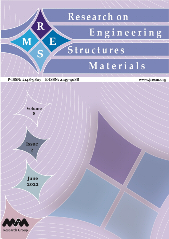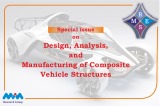Research Article
Effect of ZrO2 on morphological and adhesion properties of hydroxyapatite reinforced poly– (lactic) acid matrix hybrid coatings on Mg substrates
Mehmet Topuz
Department of Mechanical Engineering, Van Yüzüncü Yıl University, Van, Turkey
Keywords
Abstract
Magnesium;
Hydroxyapatite;
Zirconia (ZrO2);
Poly– (lactic) acid;
Hybrid dip-coatings
The study aimed to reduce the high biodegradability of magnesium (Mg) as well as local infections due to the hydrogen gas formation because of pH increasement around biological tissues. Composite coatings of poly– (lactic acid)/hydroxyapatite (PLA/HA) are commonly employed, although their adhesive strength to the metallic substrates are insufficient. In this study, PLA/HA-zirconia (ZrO2) hybrid coatings were successfully coated on Mg surfaces by means of dip-coating method to enhance this insufficient adhesion strength at the coating - Mg substrate interface with desired surface morphology. Scanning electron microscopy (SEM) micrographs were used to examine the surface morphologies of the coatings, both energy dispersive spectroscopy (EDS) and X-ray diffraction (XRD) analyses to characterize them elementally and phase formation, respectively. Micro-Vickers hardness measurements were taken on coatings and tape tests were carried out following ASTM D3359 standard to reveal the adhesion strengths. The agglomeration size on the coating surfaces decreased as the ZrO2 reinforcement increased, and the Mg surface was entirely sealed with 30 wt% ZrO2 reinforcement, according to the SEM micrographs. The presence of both HA and ZrO2 in the coating was confirmed by XRD analysis, which also demonstrated that it was crystalline. Adhesion strengths were determined 1B, 3B, 4B, and 5B for HA, HA-10%ZrO2, HA-20%ZrO2, and HA-%30 ZrO2 reinforced hybrid coatings, respectively. As a result, it was concluded that hybrid coatings which reinforcements of ZrO2 particles to the PLA/HA composite coatings reduced agglomeration and enhance the coating - substrate adhesion at the interface.
© 2022 MIM Research Group. All rights reserved.

